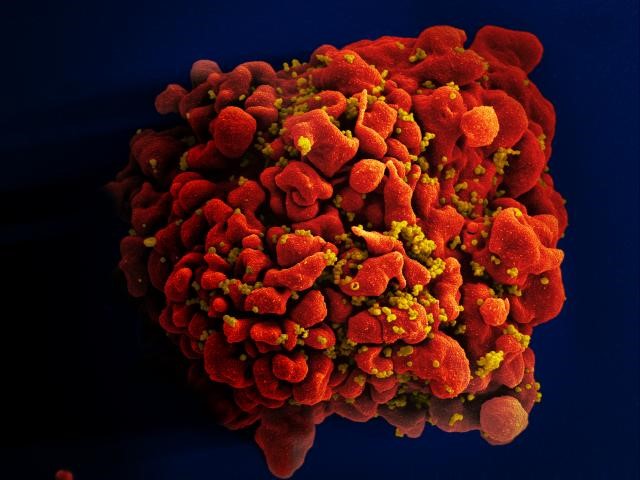Good News About HIV/AIDS in South Africa

South Africa has the largest number of people living with HIV of any country in the world. South Africa comprises of approximately one-fifth of the 37 million people in the world living with HIV, with an estimated 7.2 million people living with HIV in 2017. This translates to a general population in which an estimated 18.8 percent of South Africans are HIV positive.
And yet, the country is making progress in reducing HIV and AIDS. In recent years, efforts to combat HIV and AIDS in South Africa have been ramped up. According to a study by the Human Sciences Research Council (HSRC), the statutory research agency of South Africa, there were 231,000 new HIV infections in 2017, representing a 44 percent decrease since the last major study in 2012.
Largest Antiretroviral Drug Campaign in the World
South Africa has the largest antiretroviral drug campaign in the world, which its own domestic resources largely fund. In 2015, South Africa was investing more than 1.34 billion (US dollars) towards its efforts to combat HIV and AIDS. And yet, it was not always like this; the South African government regarding and treating HIV and AIDS as a major and important public health issue and one to which it allocates resources to is a fairly recent phenomenon.
The government spearheaded this change, at least in part, by the exit of former South African President, Thabo Mbeki, who headed the government between June 14, 1999, and September 24, 2008. He had a track record of aversion to the combating of HIV as a public health issue and largely turned a blind eye to the issue. ‘“Many people do not remember that in 2000 there were only 90 people in South Africa on treatment,” said Michel Sidibé, executive director of UNAIDS.” When Mbeki left office in 2008, a tide turned and HIV and AIDS became to be regarded in the milieu and in public policy as a major and important public health issue, and now approximately four million people are receiving antiretroviral drug treatment in South Africa.
The 90 90 90 Plan
The 90 90 90 Plan summarizes some of the efforts to combat HIV and AIDS in South Africa. This plan aimed to test 90 percent of people so they would know their HIV status, followed by 90 percent of those diagnosed receiving sustained antiretroviral therapy and 90 percent of those receiving antiretroviral therapy to have viral suppression.
South Africa reached the first of the 90-90-90 targets, with 90 percent of people aware of their status, jumping up from only 66.2 percent in 2014. Of the affected, presently 61 percent of adults (people between ages 15-49) and 58 percent of children are on antiretroviral treatment, and so these current numbers are not at target though they are continuing to trend upwards. Life expectancy has seen a significant increase over the past several years, largely due to the efforts launched with antiretroviral therapy. There has been an improvement in life expectancy from 61.2 years in 2010 to 67.7 years in 2015. With an increase of nearly 10 percent in just five years, one cannot overstate South Africa’s success in reducing HIV and AIDS within the country.
– Lacy Rab
Photo: Flickr
